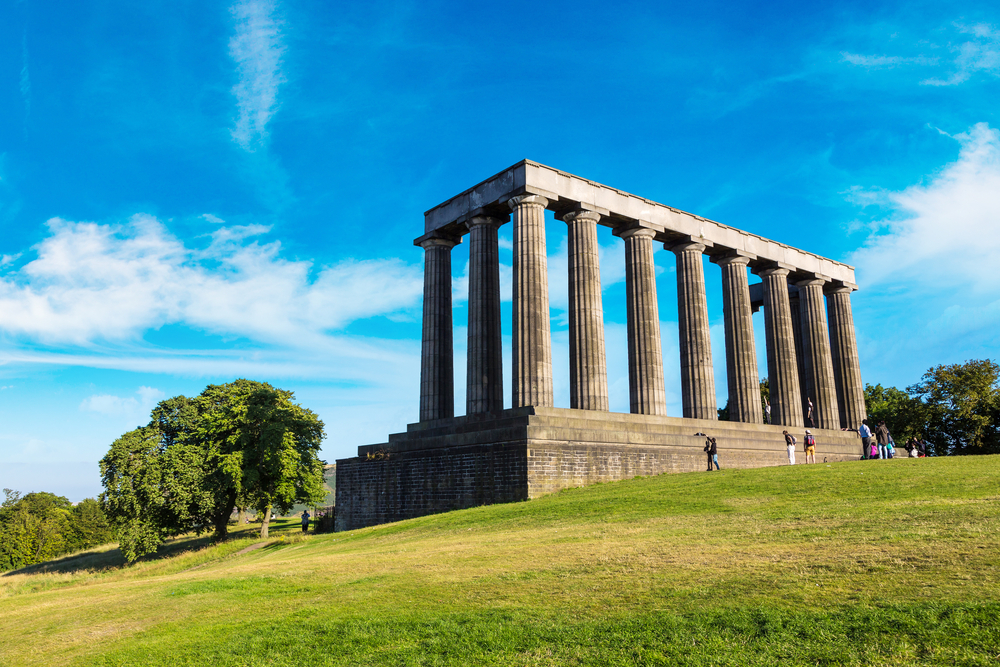North America’s oldest cities tell stories of resilience, exploration, and cultural fusion that have shaped the continent’s history. From ancient indigenous settlements to the earliest European colonies, these cities stand as living monuments to the people and events that built a foundation for modern society. Many have endured through centuries of change, surviving natural disasters, conflicts, and shifting borders. Today, they blend historic charm with modern growth, preserving architectural treasures and cultural traditions that reflect their diverse origins.
Mexico City, Mexico

Founded in 1325, Mexico City is one of the oldest continuously inhabited cities in North America. Originally established by the Aztecs as Tenochtitlán, it was built on an island in Lake Texcoco. The city’s unique design included intricate canals and causeways that connected it to the mainland. When the Spanish conquered Tenochtitlán in 1521, they rebuilt it atop the existing structures, creating a blend of Aztec and colonial influences. Today, Mexico City is a sprawling metropolis, yet traces of its ancient past remain visible. Visitors can explore ruins like the Templo Mayor, which reveal the city’s deep-rooted history. This remarkable heritage makes Mexico City a fascinating blend of the ancient and the modern.
Santo Domingo, Dominican Republic
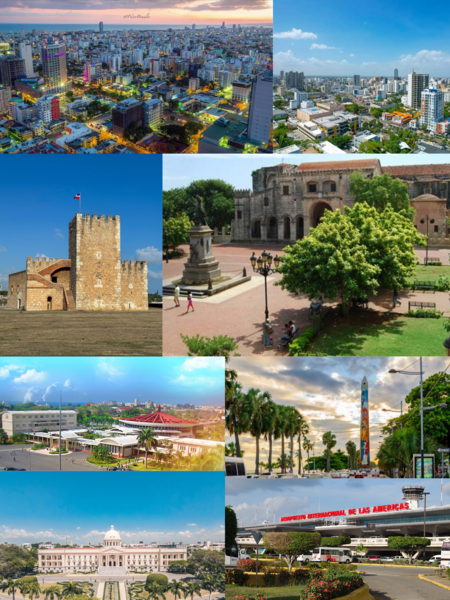
Santo Domingo, founded in 1496 by Bartholomew Columbus, is the oldest European settlement in the Americas. As the capital of the Dominican Republic, it boasts a rich blend of Spanish colonial architecture and Caribbean culture. The historic Colonial Zone, a UNESCO World Heritage site, is home to the first cathedral, hospital, and university in the New World. Walking through its cobbled streets, one can feel the echoes of the colonial past that shaped the entire region. The city’s location on the Ozama River made it a strategic base for Spanish expeditions into the Americas. Over the centuries, Santo Domingo has evolved into a vibrant cultural hub. Its centuries-old buildings continue to captivate residents and visitors alike.
St. John’s, Newfoundland, Canada
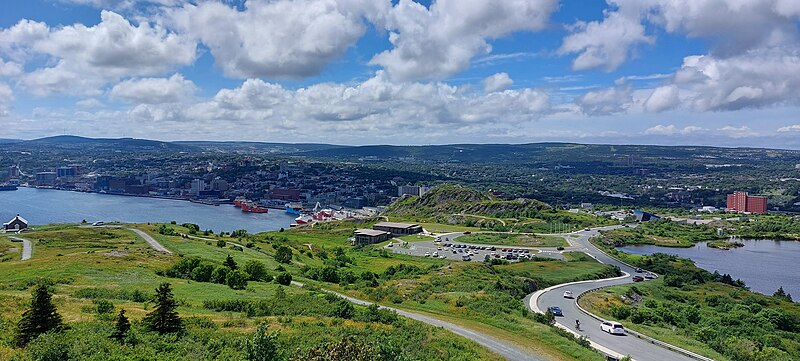
St. John’s, believed to have been established in 1497, is Canada’s oldest city and one of the oldest in North America. Located on the easternmost tip of Newfoundland, it was a strategic port for European fishermen in the 16th century. The city’s rugged coastal landscape and historic downtown buildings tell stories of early trade and exploration. Throughout history, St. John’s has served as a critical outpost, witnessing conflicts between British and French forces. Its colorful row houses and lively arts scene add a unique charm to its historic roots. Today, the city is a major cultural and economic center in Atlantic Canada. St. John’s blends old-world charm with a thriving modern community.
Quebec City, Canada
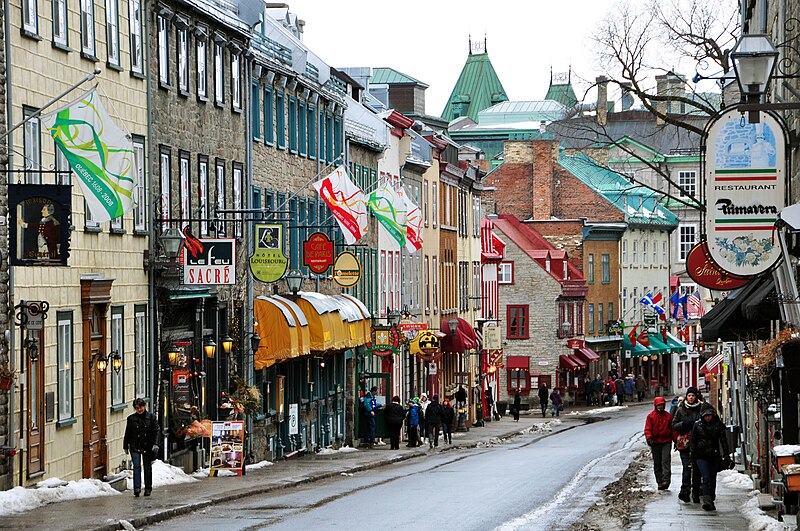
Quebec City, founded in 1608 by French explorer Samuel de Champlain, stands as one of North America’s oldest European settlements. Its iconic fortress walls and historic buildings create a distinctly European atmosphere in Canada. The Old Town, a UNESCO World Heritage site, is filled with cobblestone streets and centuries-old architecture. As the birthplace of French Canada, Quebec City played a key role in the spread of French culture in North America. Its strategic location along the St. Lawrence River made it a vital center for trade and defense. Today, Quebec City remains a symbol of French heritage and Canadian history. Its timeless beauty continues to attract visitors from around the world.
Santa Fe, New Mexico, United States
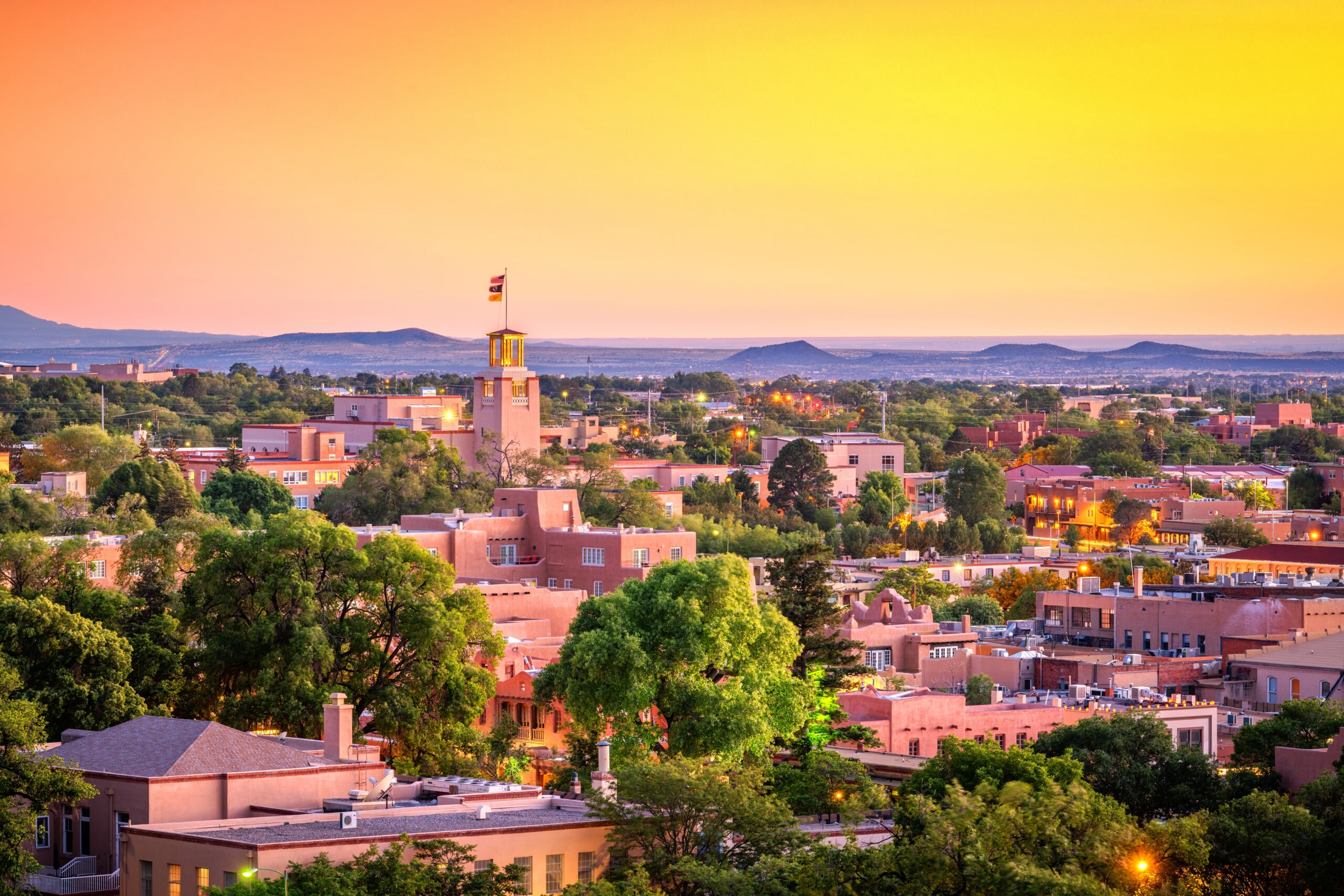
Established in 1607, Santa Fe is the oldest capital city in the United States. Its unique adobe architecture and historic Plaza reflect its rich Native American and Spanish influences. Founded by Spanish colonists, Santa Fe became an important center of trade, culture, and religion in the region. The city’s historic sites, like the San Miguel Mission, tell stories of early Spanish missionary efforts and conflicts with Indigenous populations. Santa Fe’s art scene, influenced by both Native and Hispanic traditions, adds to its distinct charm. Located in the high desert, the city has a serene, timeless feel. Its deep-rooted history and vibrant culture make it a cherished American landmark.
San Juan, Puerto Rico
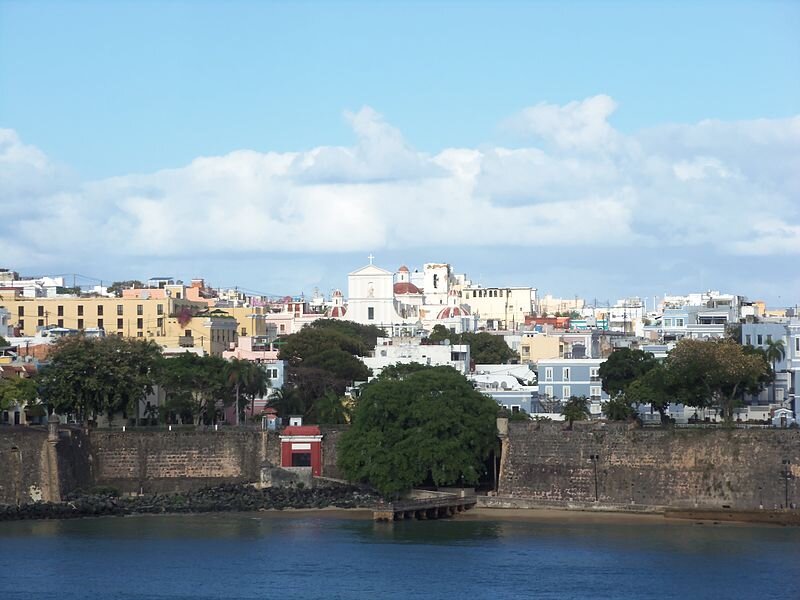
Founded by Spanish explorer Juan Ponce de León in 1521, San Juan is one of the oldest cities under U.S. jurisdiction. Its historic Old San Juan district is a maze of cobbled streets and colorful colonial buildings. Massive fortresses like Castillo San Felipe del Morro were built to protect the city from invasions. As a major port, San Juan was an essential link between Europe and the Americas during the colonial period. Today, it’s a bustling capital that balances its rich history with modern Puerto Rican culture. San Juan’s blend of the old and the new creates a lively atmosphere for both locals and tourists. Its historical legacy continues to shape its unique identity.
Havana, Cuba
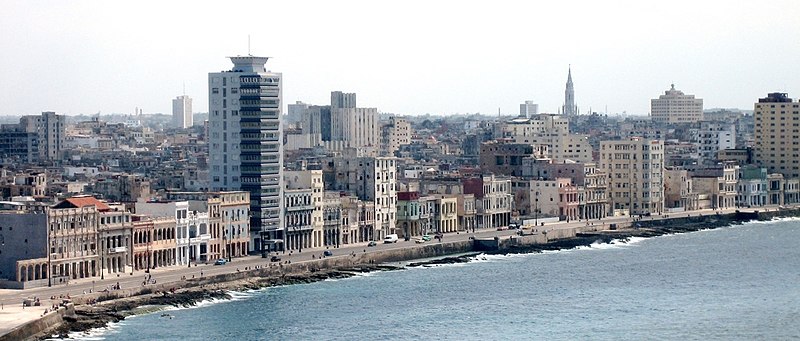
Havana was founded in 1519 by Spanish settlers, making it one of the oldest cities in North America and the Caribbean. Located along Cuba’s northern coast, it quickly became a strategic port for Spanish ships traveling between the Old and New Worlds. The city’s colonial architecture, particularly in Old Havana, reflects its rich Spanish heritage. Streets filled with classic cars and historic buildings give it a unique, nostalgic atmosphere. Havana’s fortifications, including the iconic Castillo del Morro, were built to protect it from pirates and foreign invaders. Today, Havana is known for its vibrant culture, music, and art scene. The city’s deep history is visible at every turn, preserving its charm and allure.
Veracruz, Mexico
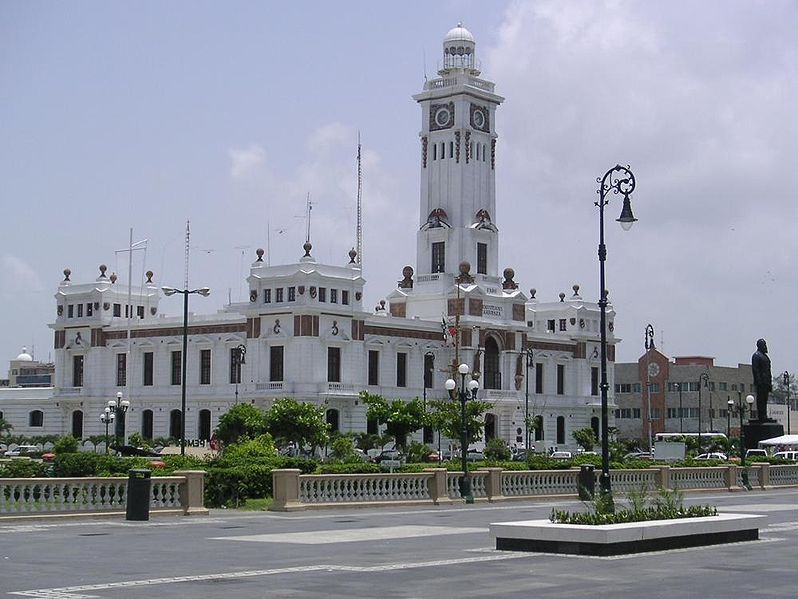
Founded by Hernán Cortés in 1519, Veracruz holds a vital place in Mexico’s colonial history. Situated along the Gulf of Mexico, it served as a key entry point for Spanish colonizers. The port of Veracruz became the main hub for trade and shipping between Mexico and Spain, helping spread Spanish influence throughout the region. The city’s Fort San Juan de Ulúa stands as a testament to its role in defending against pirate attacks. Despite wars and invasions, Veracruz has retained its cultural vibrancy. Known for its lively music and dance, the city remains a hub of Mexican folklore and tradition. Veracruz’s history is celebrated through its architecture, festivals, and cuisine.
Cumana, Venezuela
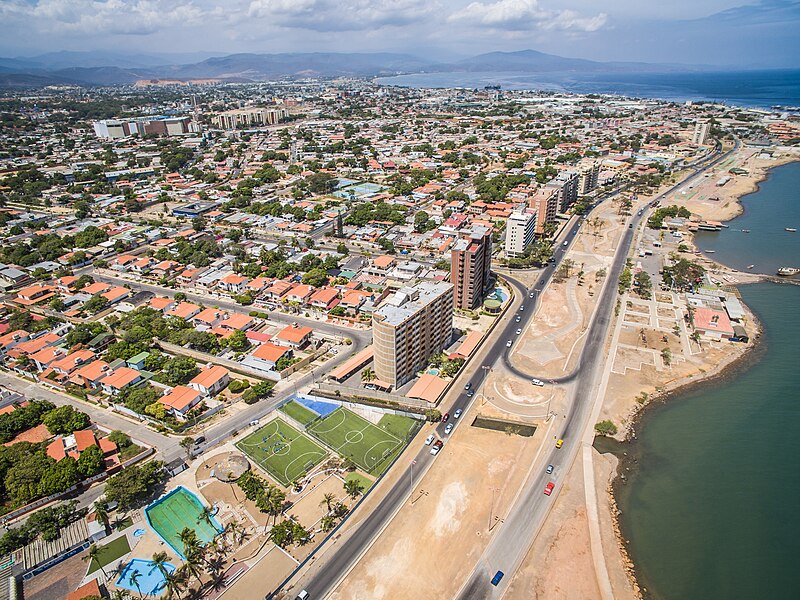
Cumana, founded in 1521, is often considered the first permanent European settlement in mainland America. Located along Venezuela’s northeastern coast, it was established by the Spanish as a foothold in the New World. The city endured numerous pirate attacks and natural disasters, yet it has preserved its colonial legacy. Cumana’s coastal location made it an important port and a gateway for trade in the region. Today, it is a city known for its rich cultural heritage and scenic landscapes. The local architecture reflects a blend of indigenous and colonial influences. Cumana remains a symbol of resilience and historical importance in South America.
Panama City, Panama

Founded in 1519, Panama City was the first European settlement on the Pacific Coast of the Americas. Serving as a key outpost for Spanish expeditions, it became the launching point for journeys to Peru. The original city was destroyed by pirates in 1671, but ruins of “Panama Viejo” still stand today. The city was rebuilt nearby, becoming a vital link between the Pacific and Atlantic Oceans. Panama City’s strategic location paved the way for the eventual construction of the Panama Canal. Modern-day Panama City is a bustling metropolis, blending historical ruins with skyscrapers. Its history as a trade and transit hub continues to influence its culture and economy.
Antigua, Guatemala

Founded in 1543, Antigua served as the colonial capital of Guatemala and Central America for over two centuries. Located in a valley surrounded by volcanoes, the city’s architecture includes beautiful baroque churches and historic plazas. Antigua faced numerous earthquakes, which damaged many buildings, yet it has preserved much of its colonial charm. Today, it is a UNESCO World Heritage site, attracting visitors with its well-preserved streets and stunning views. The city’s historic ruins and vibrant culture make it a favorite destination for history enthusiasts. Antigua’s colorful markets and festivals also celebrate Guatemala’s rich indigenous and Spanish heritage. It remains a testament to Guatemala’s resilience and cultural diversity.
Granada, Nicaragua
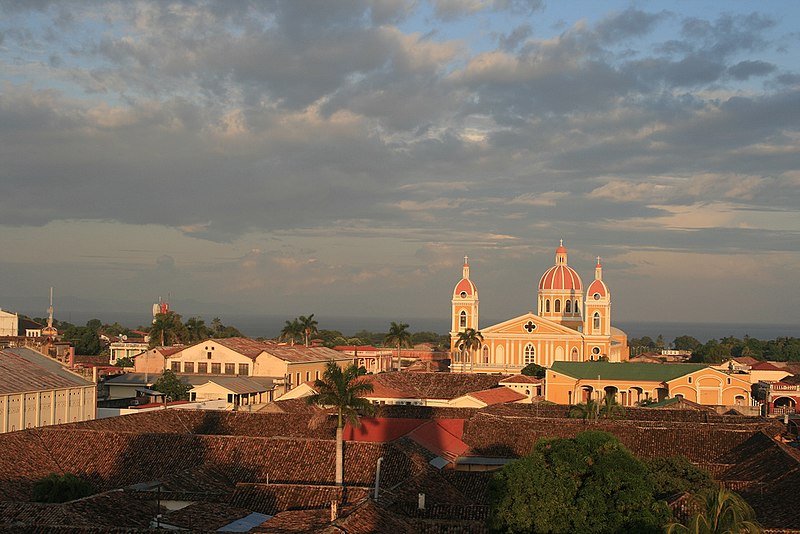
Granada, founded in 1524, is one of the oldest European cities in Central America. Located on the shores of Lake Nicaragua, it was a strategic settlement for Spanish colonizers. Granada’s location made it a target for pirate attacks, as well as a focal point of trade and commerce. The city’s colonial architecture, including colorful buildings and historic churches, has been well-preserved. Today, Granada is known for its vibrant markets, art, and historic sites. Its rich culture reflects a blend of Spanish and indigenous influences. The city’s history, architecture, and cultural vitality make it a jewel of Nicaragua.
Montreal, Canada

Montreal was established in 1642 as a French mission, initially called Ville-Marie. Located along the St. Lawrence River, it quickly grew into a thriving center of fur trade and commerce. The city’s strategic location made it a focal point for French colonial expansion in North America. Montreal’s historic architecture and vibrant culture reflect its French roots. The city played a crucial role during the French and British conflicts in Canada. Today, Montreal is known for its cultural diversity, combining French, British, and indigenous influences. Its Old Port and cobblestone streets offer a glimpse into its storied past.
Boston, Massachusetts, United States

Founded in 1630, Boston is one of the oldest cities in the United States. Established by Puritan settlers, it quickly became a center of education, commerce, and political activity. Boston’s historical sites, including the Freedom Trail, reflect its role in the American Revolution. Known for its colonial architecture, the city is home to numerous historic landmarks like Faneuil Hall and Paul Revere’s House. Boston’s legacy as a cradle of American independence continues to shape its identity. Today, it’s a vibrant metropolis that balances its historical roots with modern innovation. The city’s commitment to preserving its heritage makes it a living museum of American history.
Plymouth, Massachusetts, United States
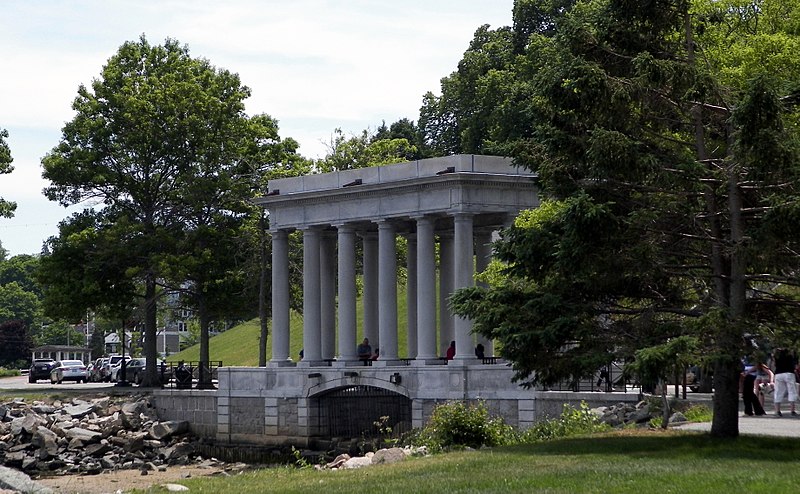
Plymouth, founded in 1620 by the Pilgrims, is one of the most historically significant cities in the United States. Known as “America’s Hometown,” Plymouth was the site of the Mayflower landing and the first Thanksgiving celebration. The Pilgrims established the Plymouth Colony, which became a foundation for later settlements. The city’s historic sites, like Plymouth Rock and the recreated Plimoth Plantation, provide insights into early colonial life. Plymouth has preserved its colonial charm, while still growing into a modern community. It remains a symbol of resilience, religious freedom, and early American culture. The city’s role in American history continues to be celebrated each year by visitors from around the world.
Jamestown, Virginia, United States
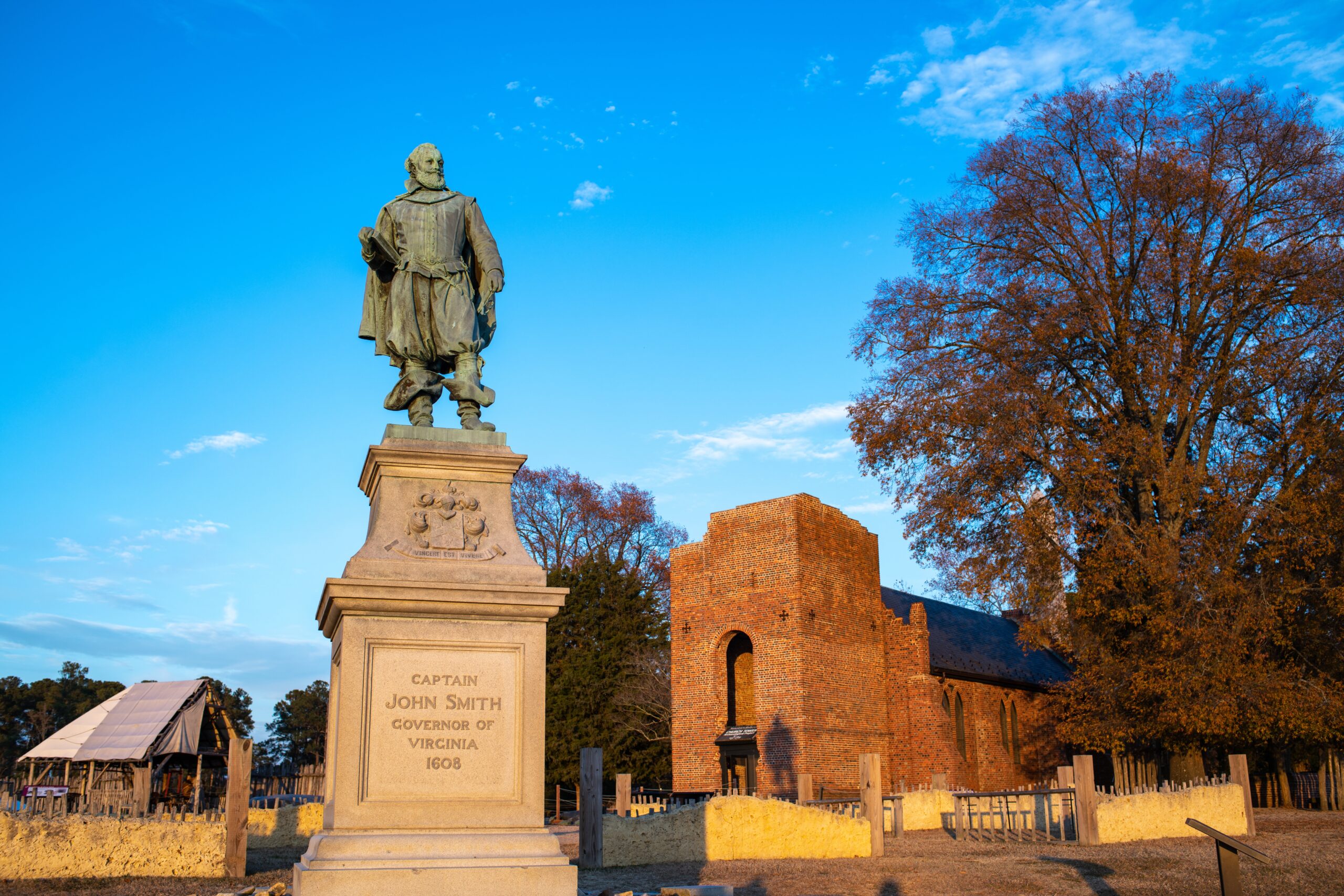
Jamestown, founded in 1607, was the first permanent English settlement in North America. Located along the James River, it served as the capital of the Virginia Colony until 1699. The settlement faced harsh conditions, including disease and food shortages, but eventually established a foothold in the New World. Historic Jamestowne and the Jamestown Settlement museum now commemorate the city’s legacy. The town’s survival marked the beginning of English colonization, which would shape American history. Today, visitors can explore archaeological sites and exhibits that tell the story of its early inhabitants. Jamestown’s history is a reminder of the challenges and triumphs of early American colonists.
New Orleans, Louisiana, United States
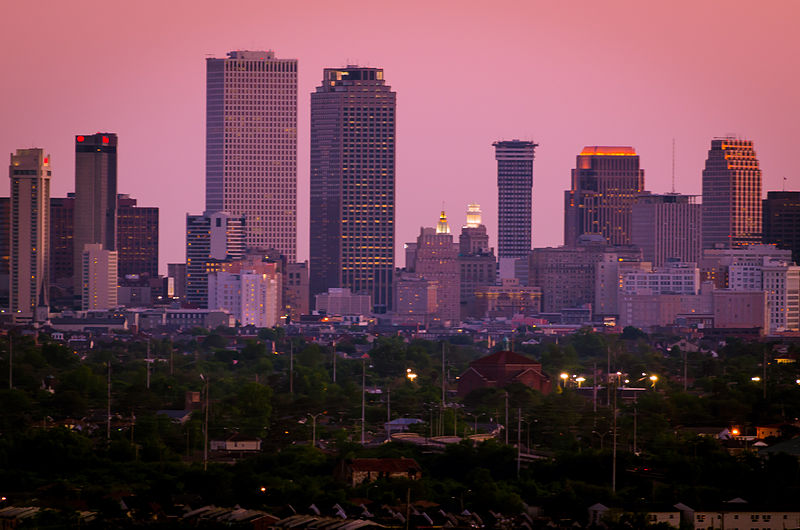
Founded in 1718 by the French, New Orleans has a rich history influenced by French, Spanish, and Creole cultures. Located along the Mississippi River, it quickly became a bustling port city and cultural center. The French Quarter, with its historic buildings and lively streets, showcases the city’s unique blend of architectural styles. Over the centuries, New Orleans has survived fires, hurricanes, and economic shifts, preserving its vibrant spirit. Known for its jazz music, Mardi Gras celebrations, and Creole cuisine, the city remains a symbol of cultural resilience. Its colorful history and lively traditions make it a beloved American city. New Orleans is a testament to the enduring legacy of its diverse heritage.
Albany, New York, United States
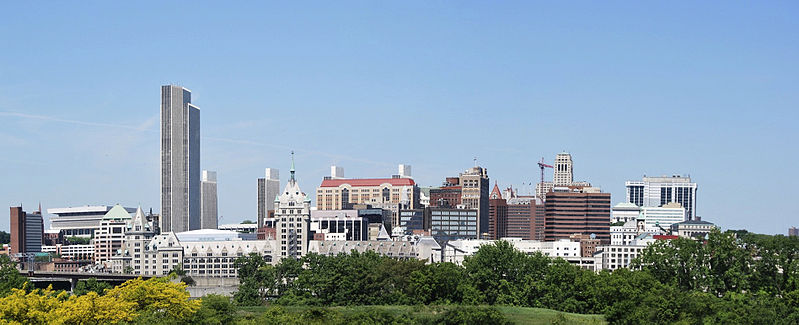
Albany, established in 1614 as a Dutch trading post called Fort Nassau, is one of the oldest cities in the United States. Located along the Hudson River, it became an important center for trade and fur trading in the Dutch colony of New Netherland. When the English took control in 1664, they renamed it Albany, and it continued to grow as a center of commerce. The city’s historic sites, like the New York State Capitol and the Ten Broeck Mansion, offer glimpses into its colonial past. Albany played a key role in American history, hosting the Albany Congress in 1754, where Benjamin Franklin proposed a plan for colonial unity. Today, it serves as New York’s state capital, blending its historical heritage with modern governance. Albany’s legacy is a tribute to its role in the early development of the United States.
Pensacola, Florida, United States
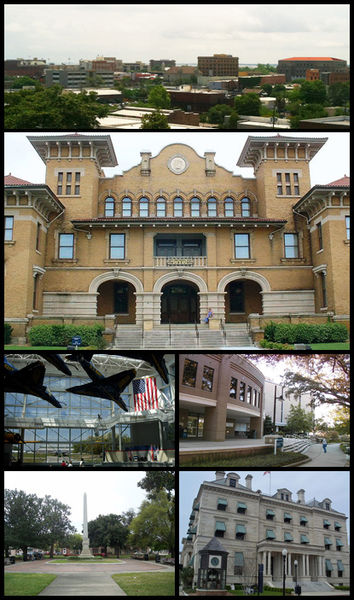
Pensacola, first settled by the Spanish in 1559, is one of the oldest European settlements in the United States, although it was briefly abandoned due to hurricanes. Known as the “City of Five Flags” due to its diverse history of Spanish, French, British, Confederate, and American control, it reflects a complex colonial heritage. Located along the Gulf of Mexico, Pensacola became an important naval and trade port in the region. The city’s historic neighborhoods and forts, such as Fort Barrancas, preserve its rich military history. Today, Pensacola is known for its beautiful beaches, while its historic sites attract visitors year-round. Its multicultural history is reflected in its architecture, cuisine, and festivals. Pensacola’s legacy is a reminder of the various cultures that have shaped the Gulf Coast.
This article originally appeared on Rarest.org.
More From Rarest.Org
A constitution is the fundamental legal document that defines the structure of a country’s government and outlines the rights of its citizens. Some of the world’s oldest ones have stood the test of time, shaping the governance and legal systems of their respective nations for centuries. Read more.
Some of the world’s most famous landmarks stand not because of their completion, but because of their intriguing, unfinished states. These structures, ranging from ancient temples to modern architectural marvels, were left incomplete due to a variety of reasons, wars, financial setbacks, political upheaval, or even the untimely death of their creators. Read more.
Airports are critical hubs in the global transportation network, facilitating the movement of millions of passengers each year. The busiest ones in the world are not only characterized by their passenger traffic but also by their immense size, cutting-edge facilities, and strategic locations. Read more.


